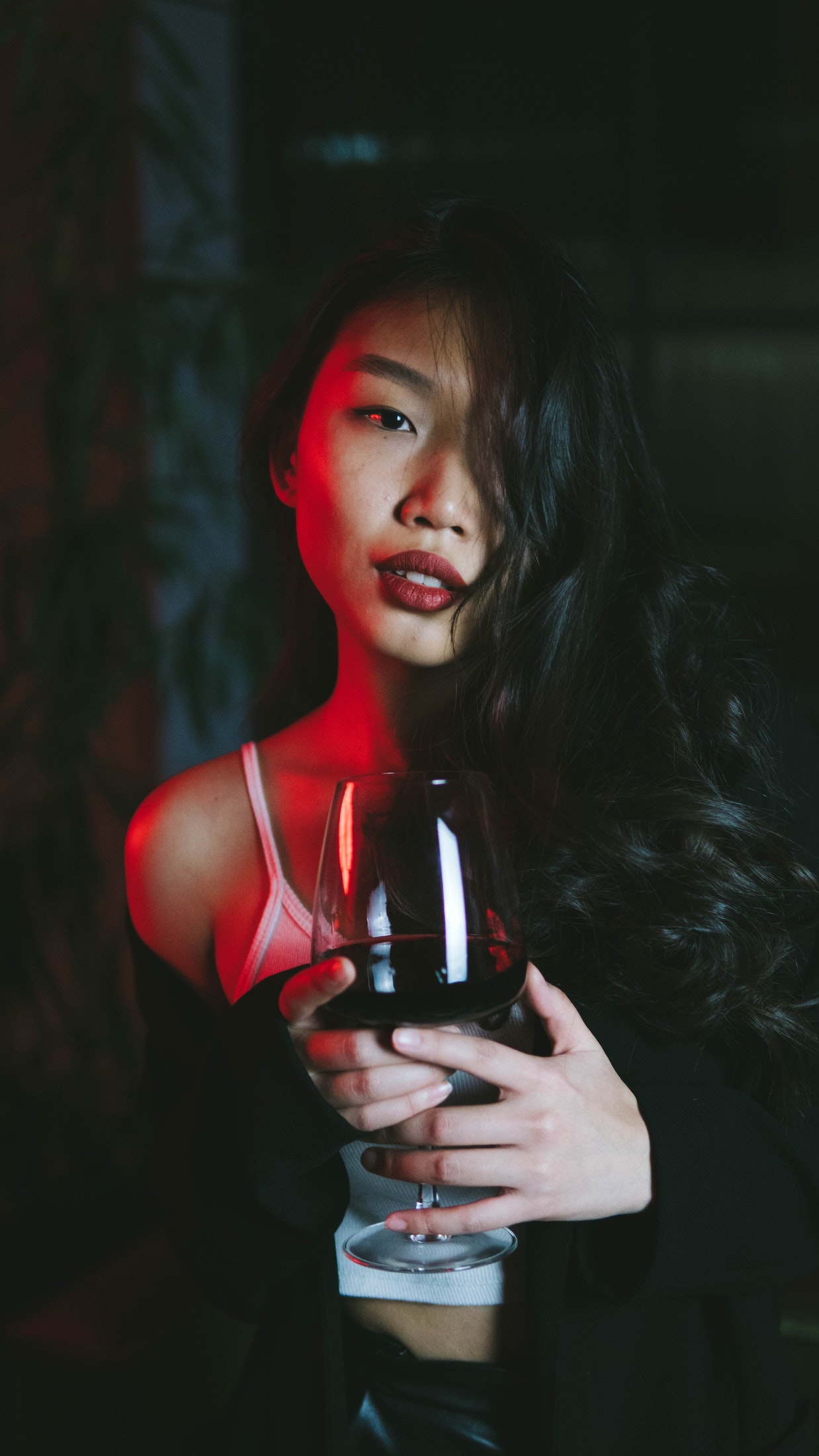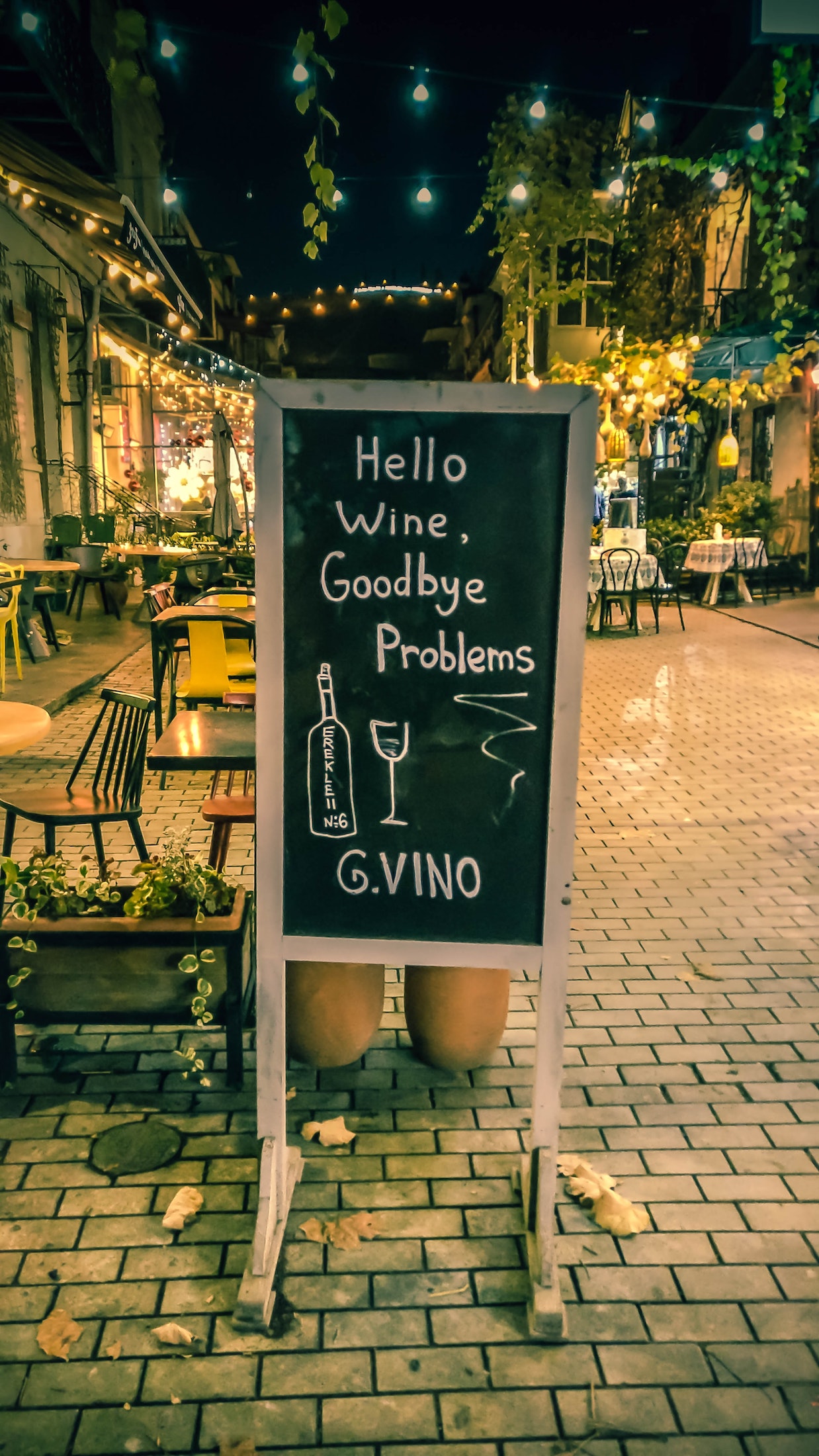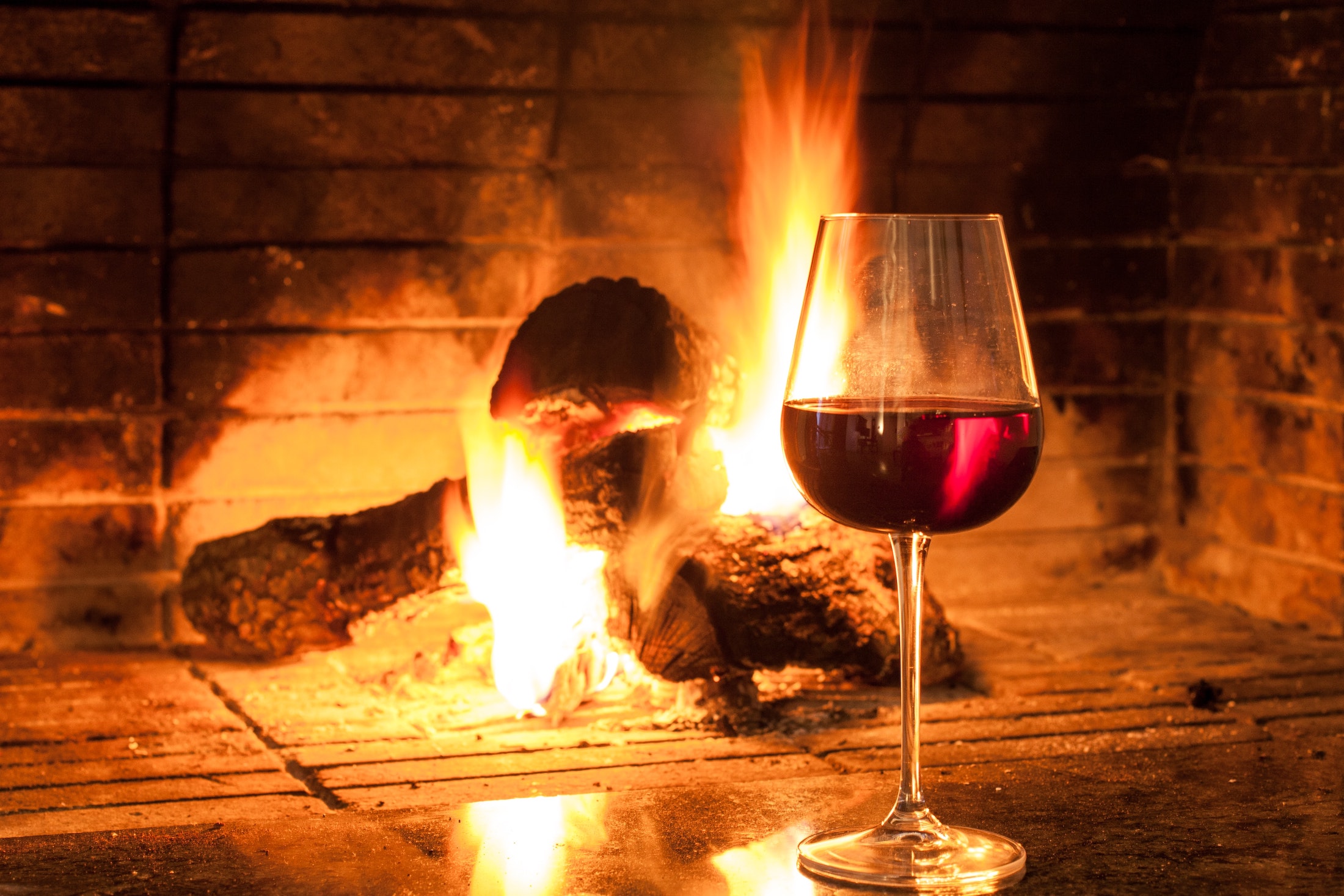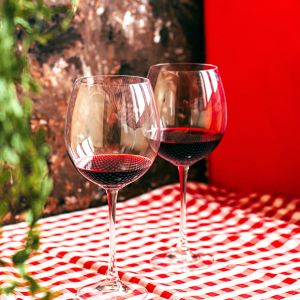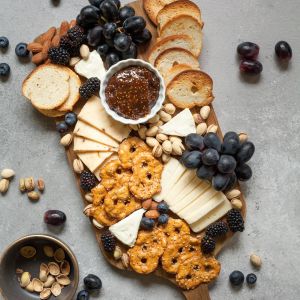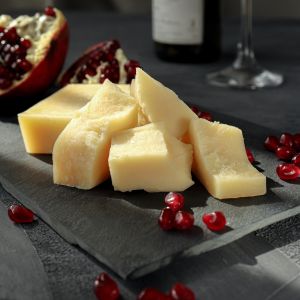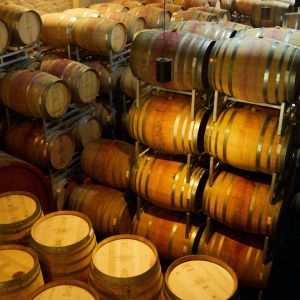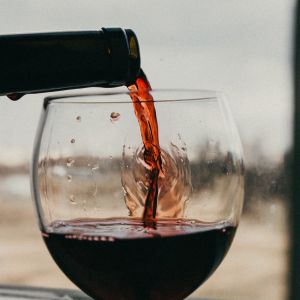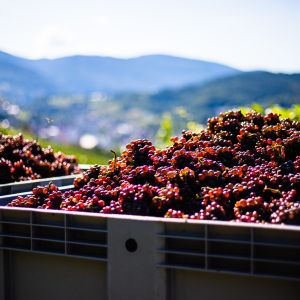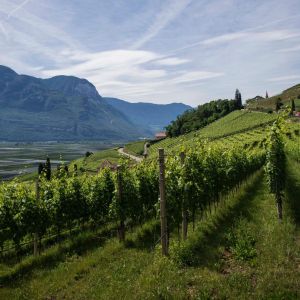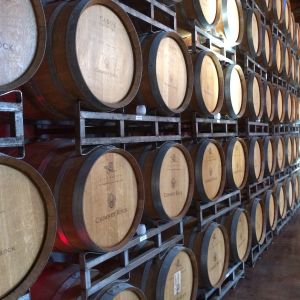Take Charge of the Experience!
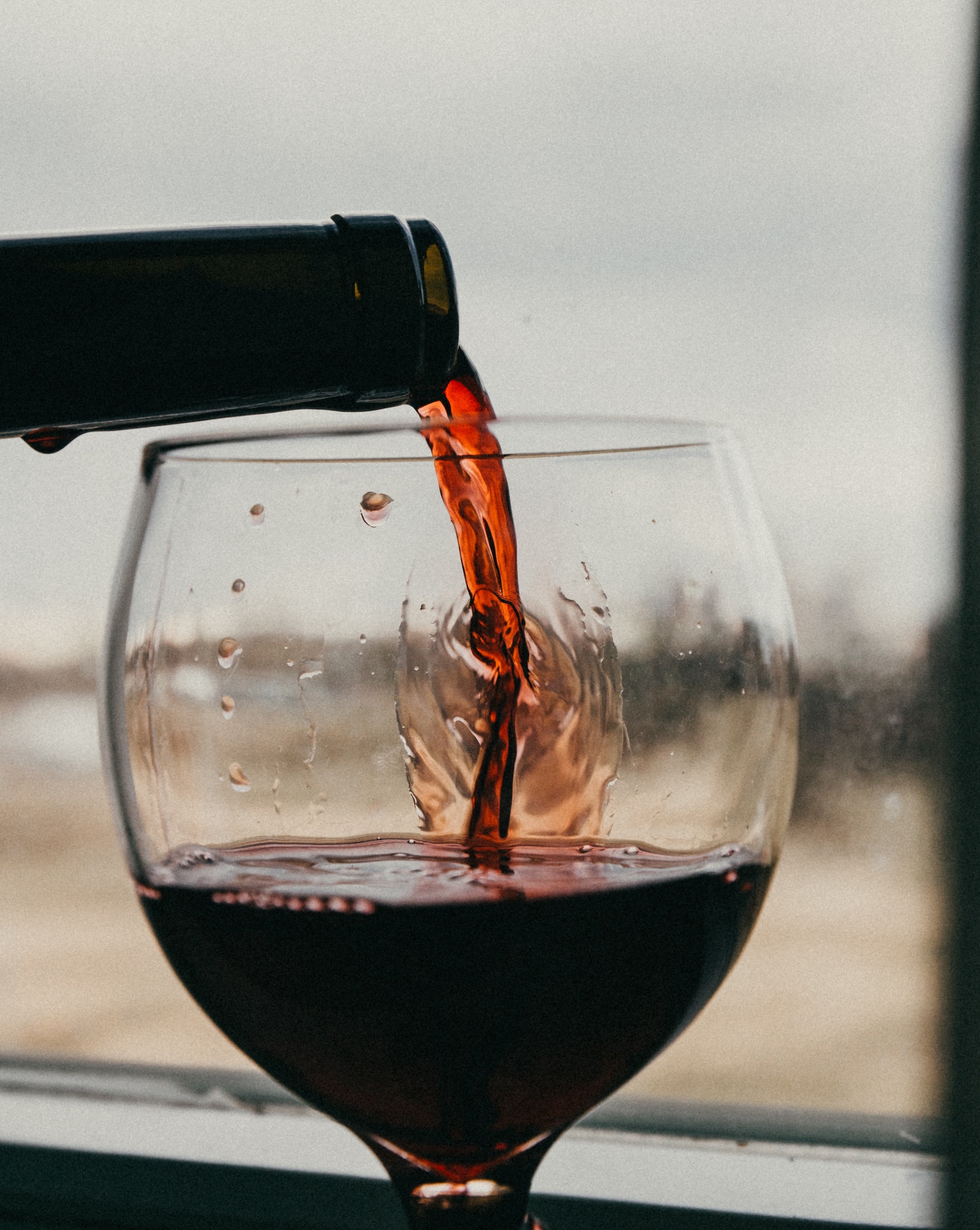
Wine tasting should excite the senses, and most importantly, it should be fun. Even though many assume that wine tasting is sipping, swishing, and swallowing – many are amazed to find that there is even more to it! Wine tasting is an art, and when done correctly, is quite fun.
So then, how do you taste and evaluate a glass of wine? Take charge of the wine experience and try your chances as a master sommelier with the 5 S’s – read on to learn about wine tasting.
…The intensity of color within each varietal gives the drinker an idea of how the wine will taste!
Without having tasted the wines, one does not know if, for example a white wine is heavy or light. Before taking a sip, the taster tries to determine the order in which the wines should be assessed by appearance and nose alone. Heavy wines will be deeper in color and generally more intense on the nose. Sweeter wines, being denser will leave thick, viscous streaks (called legs or tears) down the inside of the glass when swirled.
Smell is the main sense used in wine tasting, so sniffing the wine before the initial step is essential. A wine’s quality can be judged by its bouquet and taste. The bouquet is the total aromatic experience of the wine. Assessing a wine’s bouquet can also reveal faults such as cork taint, oxidation due to age, overexposure to oxygen, or lack of preservatives and wild yeast contamination. Pausing to experience a wine’s bouquet aids the wine taster in anticipating the wine’s flavors. The “nose” of a wine – its bouquet or aroma – is the major determinate of perceived flavor in the mouth.
…The intensity of color within each varietal gives the drinker an idea of how the wine will taste!
Sip
Take a slightly larger sip than usual and hold the wine in your mouth for 3-5 seconds letting it coat the surface. Once inside the mouth, the aromatics are further liberated by exposure to body heat, and transferred retronasally to the olfactory receptor site. It is here that the complex taste experience characteristic of a wine actually commences.
Thoroughly tasting a wine involves perception of its array of taste and mouthfeel attributes, which involve the combination of textures, flavors, weight, and overall “structure”. Following appreciation of its olfactory characteristics, the wine taster savors a wine by holding it in the mouth for a few seconds to saturate the taste buds. By pursing ones lips and breathing through that small opening oxygen will pass over the wine and release even more esters. When the wine is allowed to pass slowly through the mouth it presents the connoisseur with the fullest gustatory profile available to the human palate.


